How to propagate a Decembrist at home?
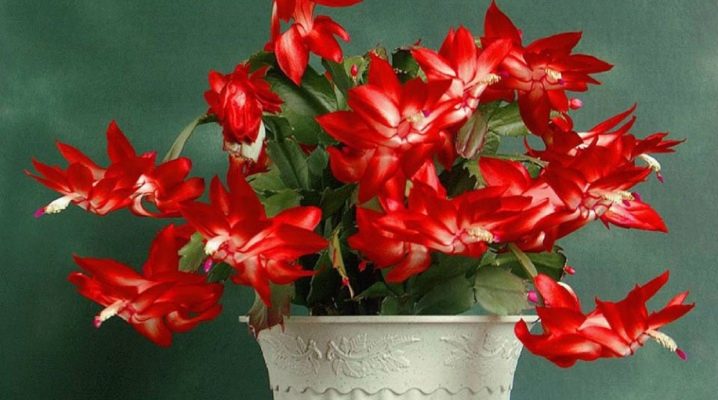
Schlumberger's tropical plant is very often found on the windows of houses. It is very popular with flower growers because of its beautiful flowers that appear in December. Therefore, among the people it is also called the Decembrist or Christmas tree, and its scientific name is zygocactus. Belongs to epiphytic cacti. At home, in the forests of South America, it grows on trees, spreading from the central bush to the sides.
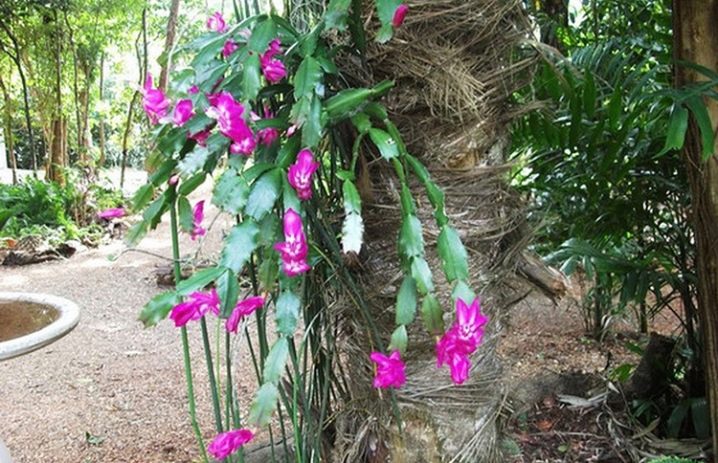
Favorable conditions
Unlike all cacti, the Decembrist has no thorns, belongs to moisture-loving plants and does not need abundant lighting. The Christmas tree has flattened branches, consisting of segments, at the tip of which buds appear. They can be of very different colors: from cream and light pink to dark red. But the most popular are zygocactus with crimson flowers. The root system of the plant is rather weak, but it has the ability to quickly recover and form full-fledged roots.
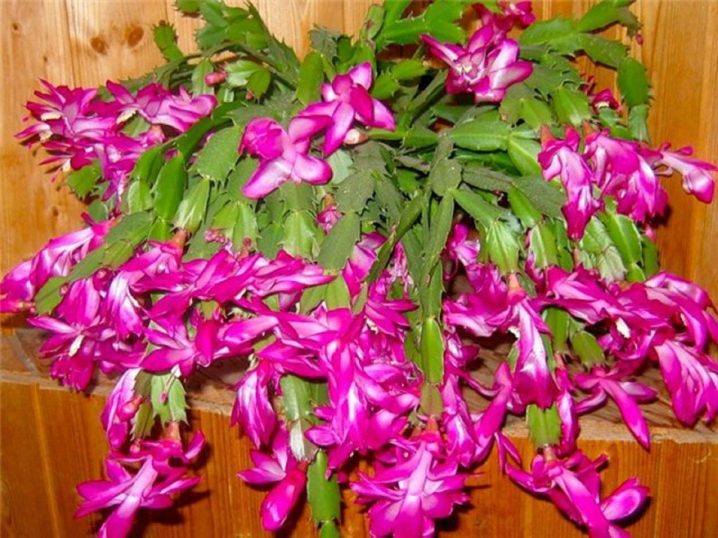
The time for breeding Schlumberger does not matter, it takes root equally well both in the warm season and in the cold. Although many growers recommend propagating this houseplant in the second half of February, after the end of the flowering period. In spring shaping pruning, the cut pieces can also be used to grow new flowers.
The air temperature in the room should be kept at + 17-20 degrees. At lower temperatures, cuttings can rot, and in heat, dry out.
Humidity should not be high, otherwise the petiole will rot.
To avoid this, the prepared shoots are dried on a newspaper for 48 hours. During this time, the microcracks that have arisen after unscrewing have time to heal.
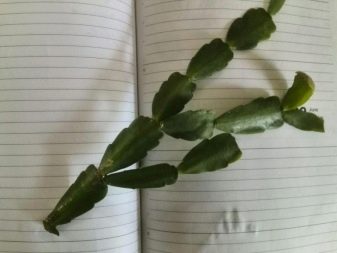
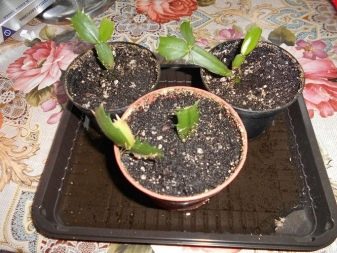
Pot and soil requirements
You need to take a small container for planting sprouts; plastic cups are well suited. This volume of the seedling will be enough for a year of growth for the normal formation of the root system. Then it can be planted in a new pot, slightly larger than the old one. In a container that is too large, the plant will begin to rot. A pot for a Decembrist must, without fail, have holes at the bottom for water drainage.
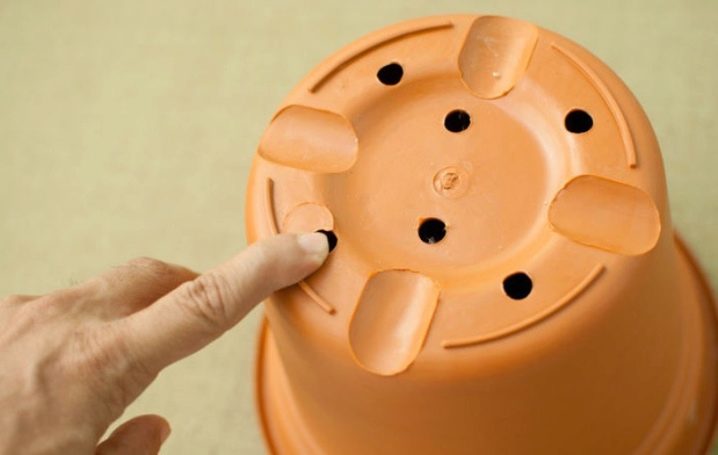
You can plant a Christmas tree in a ready-made commercial substrate for cacti, or you can cook it yourself, observing the proportions of all components:
brick or marble chips as drainage;
one piece of turf;
two parts of peat and sand;
six pieces of leafy land.
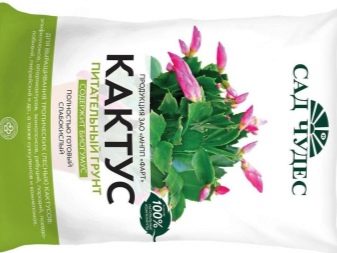
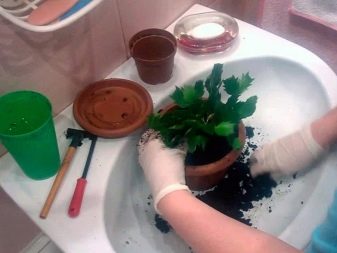
Reproduction methods
Dilute the plant at home in several ways:
cuttings;
vaccination;
seeds.
Cuttings
Breeding a Decembrist with a leaf makes it possible to preserve all species qualities in a new plant. Many growers consider the beginning of spring to be the optimal time for propagation by cuttings, when the plant fades and is in the growing season. Then more active rooting is noted. Although cuttings taken at other times of the year also take root well.
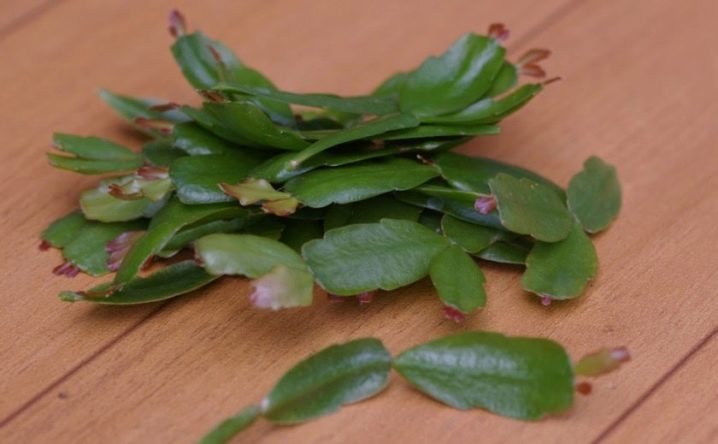
The number of leaf segments per sprout does not affect the quality of rooting: cuttings consisting of one or two sections, or long shoots obtained during formation, can also be planted.
The only thing is that elongated shoots require the establishment of support when rooting into the soil.Otherwise, they will begin to sag, thereby damaging the already fragile roots.
Cutting of the Decembrist is carried out in two ways:
in the ground;
in water.
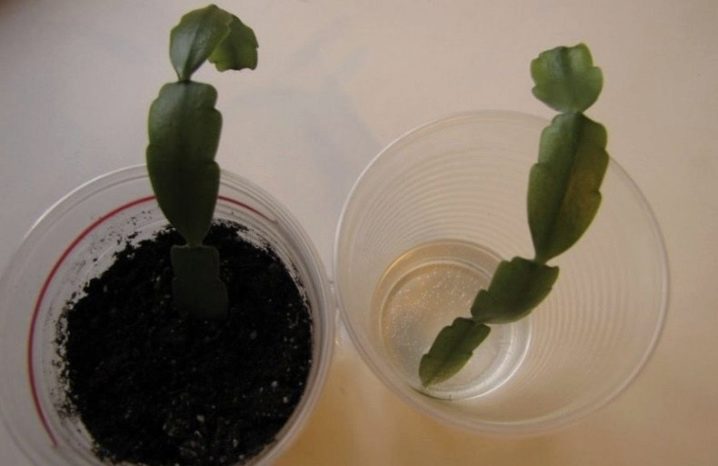
In both cases, you can get a positive result, observing certain rules. A prerequisite for the selection of a cutting is a completely healthy mother bush. The layering itself must have an intact sheet plate, without any scratches or cracks, and be firm to the touch.
If shoots with small air roots are present, it is best to select them.
The intended stalk is carefully unscrewed from the stem. Holding the branch with one hand, gently scroll the process clockwise with the other. Then it is placed on a newspaper or napkin and placed in a dark place to dry.
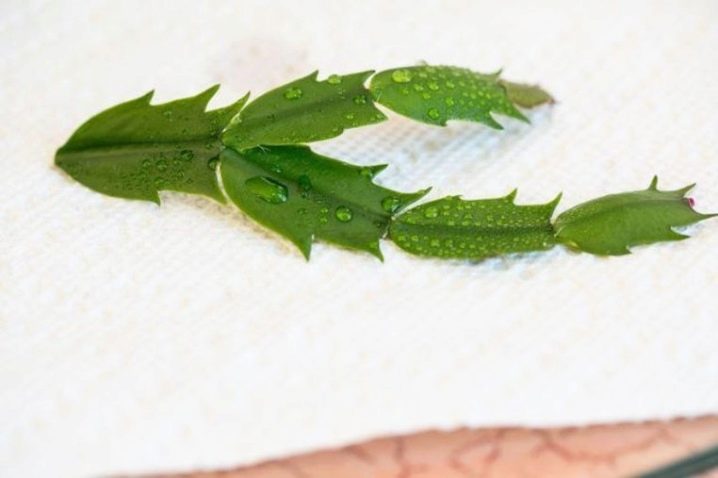
To propagate the Decembrist by cuttings in the ground, you need:
capacity;
substrate;
package or jar for creating greenhouse conditions.
A layer of drainage is poured into a small pot or plastic cup by a third, on top - a prepared, well-moistened substrate. The sprout is planted to a depth of 5 mm. If the pot is large or you plan to plant a lush bush, you can plant several cuttings at once. Only one sprout is planted in small cups.
To maintain the required humidity, the container must be covered with a bag or jar.
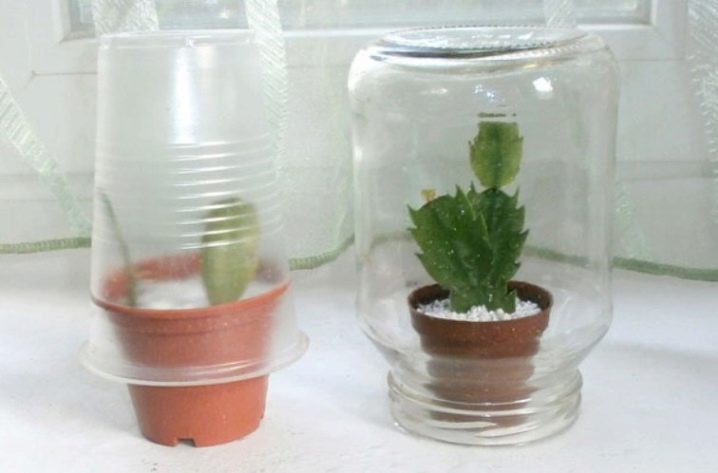
To speed up the rooting process, you can use stimulants, in particular, "Kornevin". Cuttings are dipped in it before planting. The temperature in the room where the shoots take root should be kept at + 18–20 degrees, the lighting is diffused. Every day you need to open the plant for about half an hour.
Watering the sprout is done when the top ball of the soil has dried up, with abundant moisture they rot. Spraying with warm water is well suited for the plant. When growth points appear, the coating can be removed. Reproduction in this way lasts about a month.

To carry out the rooting of the Decembrist sprouts in water, you need plastic cups or small glass jars, as well as water that has been kept for at least 24 hours. For this method, long cuttings are well suited, which are immersed in the liquid for one segment, topped up as necessary. Root emergence begins in about two weeks.
It is necessary to observe the condition of the water: if it becomes cloudy, it should be poured out, and the sprout should be placed in a clean one. If this is not done, the cutting will rot.
As in the previous method, to accelerate root formation, you can add a couple of drops of Kornevin to the water. A shoot with roots larger than 2 cm can be transplanted into a pot. The transplanting process is optimally carried out by the transshipment method. In order not to injure the still immature roots, the plant is planted together with a lump of earth. For transplanting, a low capacity of small size is needed.
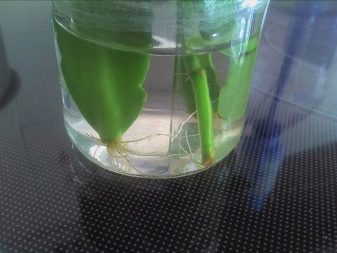
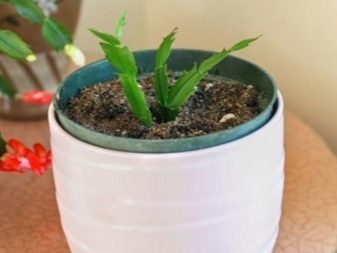
Since the Decembrist has a shallow root system, he does not need a deep planting. The pot must have holes for water drainage. The presence of drainage at least a third of the pot is also a prerequisite for the proper growth of the Decembrist, in order to avoid the accumulation of moisture at the roots. Half of the substrate is poured onto the drainage, it must be moistened, the plant, together with a lump of earth, moves to a new pot. The earth is poured around the circumference and pressed down a little.
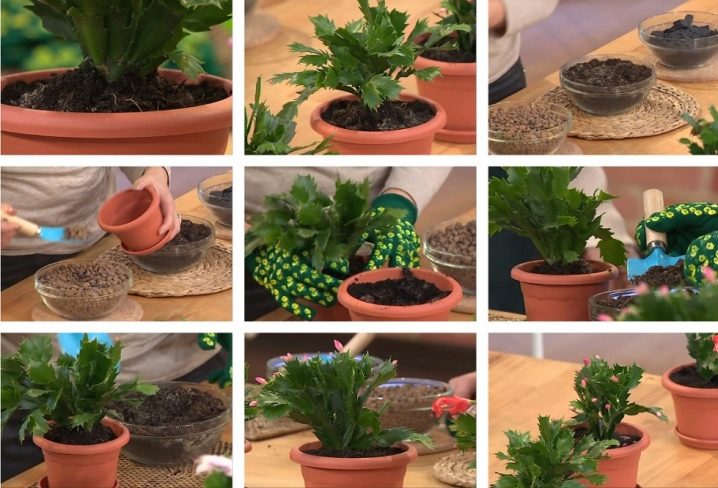
After that, the plant is left in the shade for it to adapt. At this time, it is advisable to change watering by spraying with warm water. After about two weeks, the Decembrist can be exposed to light, but protected from direct sunlight. The cactus is very fond of fresh air, so a young plant can be put on the balcony in a shaded place.
In the case when the cutting is rooted in a pot, the plant does not need to be disturbed for several months, until the roots appear in the drainage holes. This means that the roots of the flower have already filled the soil and a transplant is needed. A new container is chosen in diameter 2 cm larger than the previous one.
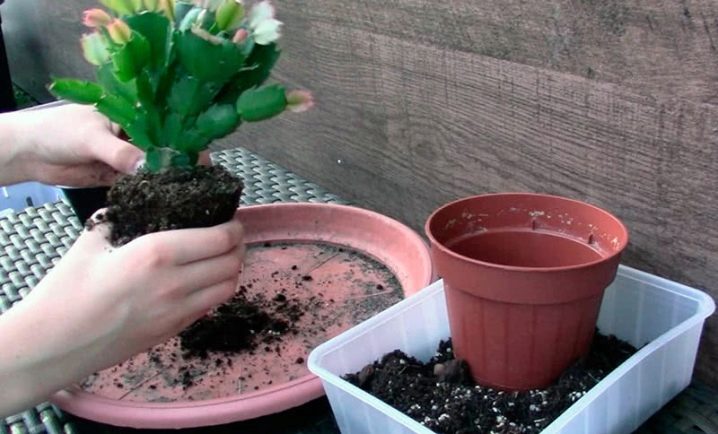
The Schlumberger grafting is very rarely bred, mainly flower growers who love experiments are engaged in this. As a stock, prickly pear is most often used, and for a scion, a Decembrist stalk is taken, which has three segments. The breeding process takes place step by step:
in prickly pears, the upper part is cut off and small cuts are made;
notches are also made at the end of the Decembrist cutting;
in the incision of the prickly pear, the stalk is fixed, fixing it with a medical plaster or bandage.
Until the plant takes root, you need to maintain the temperature in the room at + 18 degrees and shade it from direct sunlight. Lighting should be moderate and diffuse. The emerging side shoots on prickly pears must be removed so that the plant spends all its strength on the germination of the scion. With the appearance of new segments, the bandage is removed. Due to reproduction in this way, the Decembrist bush acquires a trunk, and the hanging branches of the plant look even more beautiful.
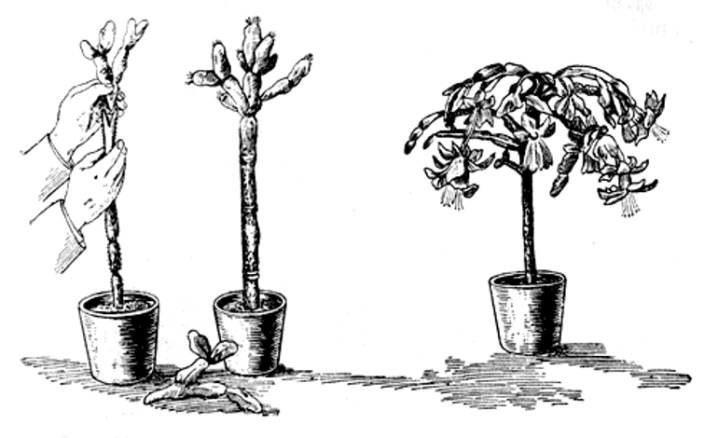
Zygocactus is propagated by seeds mainly by breeders, in this way new colors of flowers are obtained. Pollination of the Decembrist occurs only in a cross way, therefore during flowering there should be at least 2-3 species of Christmas tree with different color of flowers. After the flowering period, the seeds ripen for six months. By its appearance, the fruit with seeds resembles a rosehip box. When it becomes a little soft, it is picked and seeds are picked.
They are washed in a weak solution of potassium permanganate and laid out on a damp substrate surface. To germinate seeds, they do not need to be sprinkled with sand on top or covered with foil. The first shoots should appear in a week. The plant dives in the first year of life once every three months, and then once every six months. The Decembrist grown in this way will bloom in the third year.
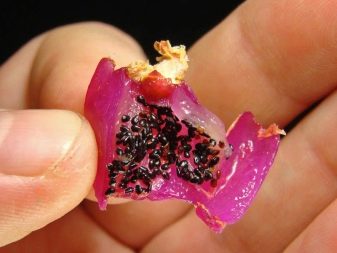
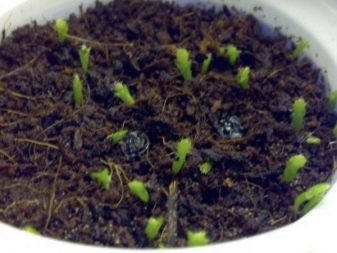
Follow-up care
Young plants require an annual transplant, so they grow faster. It should be carried out in early spring. Decembrist withstands transplants well and his condition after them does not worsen. Adult flowers are transplanted every 3-5 years, you can only replace the top ball of the soil.
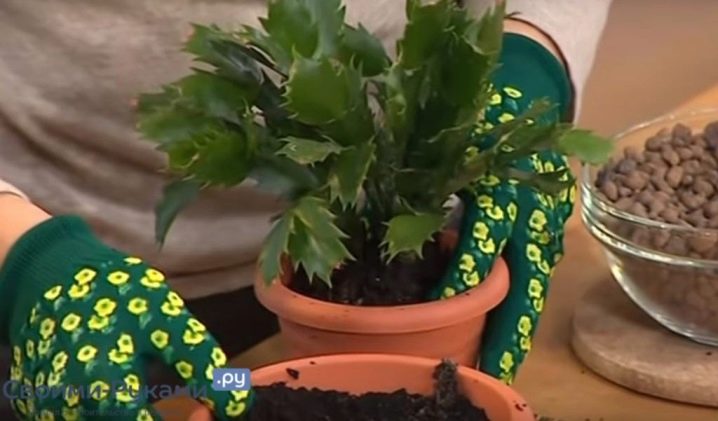
Taking care of young shoots is the same as for mature bushes. Watering is carried out with settled warm water. The plant is sprayed with the same water, especially the flower needs it at low humidity in the room and high temperature. If the shoots have not yet fully formed the root system, and buds have begun to appear on them, they must be removed. Otherwise, the Decembrist will spend all his energy on flowering, and not on the formation of roots.
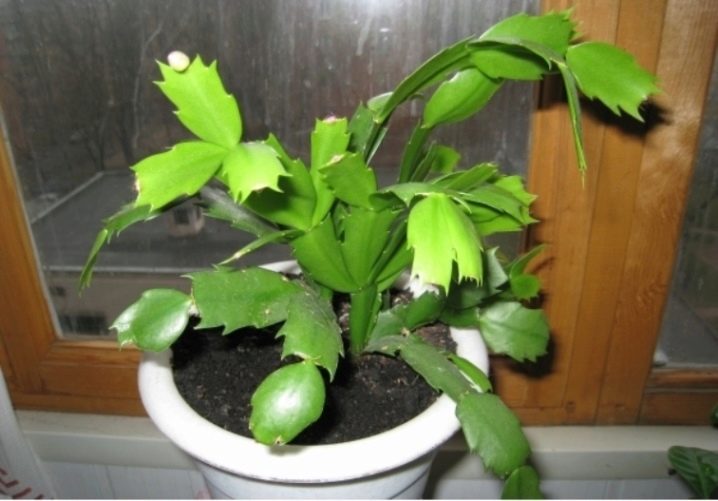
The remaining water that has not been absorbed within 20 minutes after moistening must be removed from the pallet. You can feed the flower 2-3 months after transplanting. For this purpose, cactus feed is used, but the indicated dose must be diluted in half. Due to improper care with a young plant, some problems may arise, and to avoid them, it is necessary to adjust the conditions in which the Decembrist is.
The yellowing and wilting of the twigs may indicate direct sunlight hitting them. In this case, the plant must be rearranged or shaded in the sun.
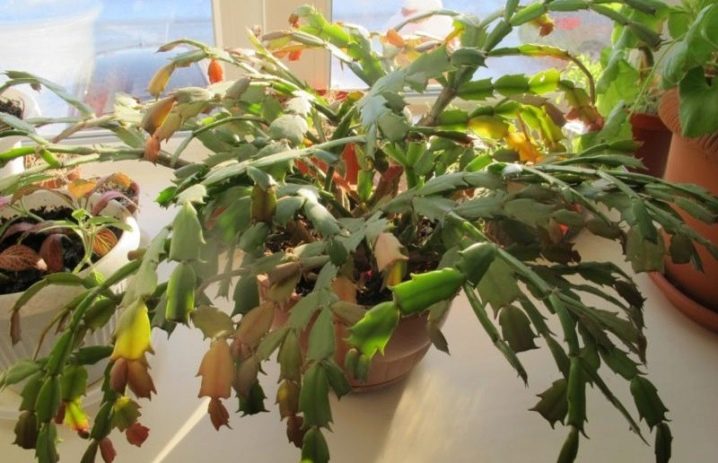
- The stalk can also wilt from a fungal infection - then it should be treated with an antifungal drug.

- Roots can rot from too much moisture or too cold water for irrigation. If these reasons are corrected, the roots will be restored. The reason for such a disease can also be the excess of the amount of fertilizer, here the flower should be transplanted into new soil.
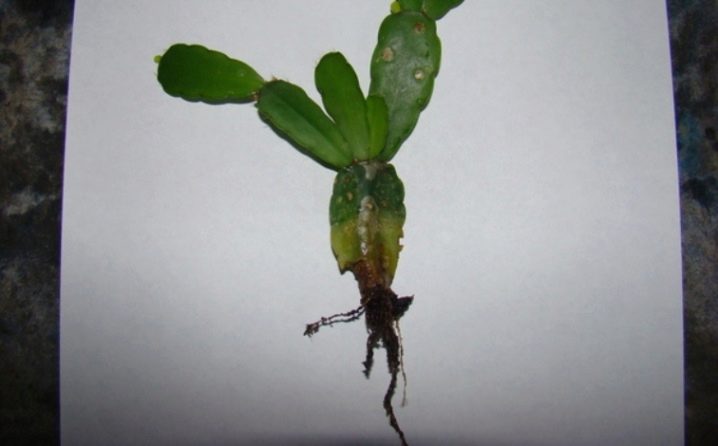
The shoots rooted in March begin to bloom in the first year, so in December you can expect a flower to appear. When small buds form at the edge of the segments, the plant cannot be rearranged or even moved, otherwise the Decembrist will throw off the petals.
With proper care and compliance with the necessary conditions for maintaining the plant, the Christmas tree will delight for a long time with its incredible inflorescences on dull winter days.
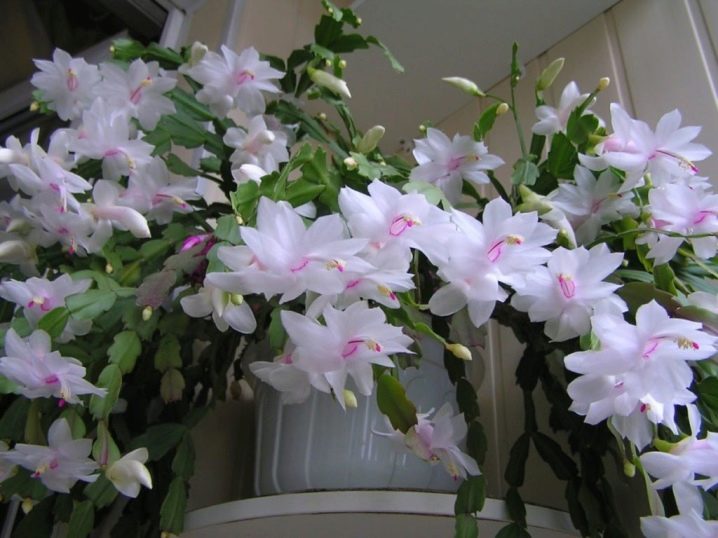
How to propagate the Decembrist Schlumberger, see the next video.























































The comment was sent successfully.